Indepth: Influencer Marketing Part 1; A $2 bn potential waiting to be mined
In the ever-growing digital world, engaging with influencers and content makers has never been more appealing. Advertisers are increasingly engaging with buzzing online personalities to create strong brand awareness and connect with consumers via unique and authentic content.
As per the India Influence Report 2018 by Zefmo, in 2018, 92 per cent marketeers are expected to launch at least one influencer campaign. The popularity of the influencer marketing to drive brand awareness and reputation can be gauged by the insight that 89 per cent of marketeers have found the medium to be effective and 62 per cent are planning to increase their budgetary allocation towards engaging social influencers.
The survey results indicate that more than ever, brands are recognising that influencers help in leveraging the exposure of the company’s product and can increase brand recognition as a result of consumers leaning on these reviews to make their purchasing decisions. In fact, one of the major revelations of the India Influence Report 2018 points towards the gradual maturing of influencer marketing in India, with 14 per cent of the marketeers suggesting an always on-mode and 16 per cent planning to integrate influencer marketing within their marketing strategy.
As per India’s Biggest Influencer Marketing Survey launched by Buzzoka, 90 per cent brand custodians felt that influencer marketing has the potential to drive engagement and reach. Interestingly, 23 per cent marketers considered it to be a good alternative for traditional media. Almost, 69 per cent marketers considered influencer marketing to be a good medium to generate engagement, drive word of mouth and create quality content. 78 per cent marketers use influencers to drive meaningful engagement on brand’s social media handles.
Speaking about the market potential, Manish Bhatnagar, COO and Co-founder of VURoll.com, commented, “Today, online advertising is a $200 billion industry worldwide and influencer marketing occupies over $2 billion in revenues.”
Equally bullish is Srikar Nagubandi, Senior Vice President – Operations, iProspect India, who said that today influencer marketing has become a part of the healthy marketing mix. “It is growing – from online to offline and all the digital channels,” he added.
Shishir Kudalkar, Head - Planning & Influencer Management, FoxyMoron, remarked that the ‘influencers’ has evolved quite a lot over the years, right from pioneers in the early advertising era, who lent their names and faces to reinforce brands and brand values to celebrities and social influencers as they exist today.
“From curators and sharers to creators and collaborators, there is a clear shift in the way influencer marketing is being integrated into a brand’s journey. With the pay per post model slowly fizzling out, the scale is tipping from influencer marketing to influencer relations where brands focus on long-term influencer relations that live beyond a single campaign in order to impact multiple moments of truth rather than tactical programmes,” Kudalkar observed.
Manika Juneja, AVP - Operations, WATConsult, calls influencers the defining voices for Indian Millennials and Centennials, whose world revolves around smartphones, thus leading to an influx of influencers from various categories and genres.
Hareesh Tibrewala, Joint CEO, Mirum India, classifies influencers into 3 categories:
Celebrity Influencers: Generally Bollywood celebrities or sportsperson, etc. While this could drive a lot of brand awareness and visibility, it may not actually influence the final purchase decision. Consumers realise that celebrities who endorse a product don’t necessarily believe their own endorsements.
Category influencers: On social channels, this is the most important category of influencers. They are people who have expertise in a certain domain (tech/ health/ beauty/ travel/ auto, etc.), they are knowledgeable and would generally evaluate the merits of the product before writing about the same.
Advocates: Not influencers in the strictest sense. Consumers like you and me, may not have a very large following, but believe in the brand. One need to seek out these people based on their brand engagement behaviour and cultivate them over a long term so that they continue engaging with the brand on account of their passion for the brand.
Along with the immense potential, the influencer marketing industry has its own challenges like discovery, authenticity, effectiveness and metrics that help to establish a successful campaign. According to the Buzzoka survey, more than 55 per cent of the respondents were worried about ROI of money spent on influencer campaigns, while 45 per cent were struggling to ï¬nd the right influencers for their campaigns. Moreover, despite the potential, the marketing budgets that majority influencer campaigns get are less than $10,000 in India.
FoxyMoron’s Kudalkar stressed that the key is also to be able to scout and identify the right influencers for one’s brand. A fact that Chetan Asher, Founder & CEO, Tonic Worldwide, agrees with wholeheartedly. He affirmed, “If the influencer doesn’t reflect what the brand or campaign stands for, then the purpose is lost. Most brands also end up controlling the message, though the right communication needs to go out the tonality and style of influencer should not be diluted. You are leveraging them for their voice, so let that come through. Lastly, most influencer campaigns are very transactional, it needs a focused approach to create a long term strategy and unlock long term value. For example, at Tonic Worldwide, for a Hollywood movie channel we run an ongoing influencer campaign where we are nurturing and building our influencers through the year even when we are not running a campaign. Today, the brand enjoys a relationship that is not very transactional.”
Manika Juneja of WATConsult also noted that with more and more brands hopping onto the influencer marketing bandwagon, it has become a challenge to find an exclusive set of people for brand promotions.
Taking a contrarian view, Siddharth Sikchi, Lead - Webchutney Influence, DentsuWebchutney, remarked that influencer marketing is a lazy term for collaborative marketing. He added, “Like every other industry, the Internet has democratised creativity as well and therefore, it’s vital that ideas flow from both ends and isn’t a one-way email thread from brand -> agency -> content creator.”
Continuing further, Sikchi said, “More often than not, we get so obsessed with brand language, tonality and personality that we suppress a creator’s flair. Be a guide, not a teacher.”
His advice to marketers is, “Form your holy trinity of: brand + platform + personality (content creators). The right content creator needn’t be the one with the highest followers as long as he/she fits the brief. The decision needs to be led by art and backed by science.”
“If a YouTube masthead is a one night stand, then collaborative marketing is a relationship. You need to be consistently inspiring, informing, and inviting your significant other to make it work for the long term,” Sikchi stressed.
Long-term association is what Sanjay Mehta, Joint CEO, Mirum India, also stresses on, as he says, “While influencer engagement can be transactional, one-off or campaign wise, and which is how most such engagements seem to run, what can be truly engaging and generate longer term benefit for a brand, is to have a longer-term association with the influencer.”
“This is where the influencer is seen to be almost an extension of the brand, or like a longer-term brand endorser. Getting the right influencer, someone who embodies the brand values, and also does not have any other negative perception, is necessary, in such cases,” Mehta maintained.
While there are numerous ways in which marketers can bring in social media influencers, what are the do’s and don’ts that make for successful influencer marketing campaigns? Adgully explores these in the second part of this report tomorrow (February 16, 2018).
To Read More Visit Here.




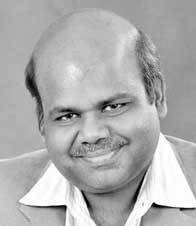


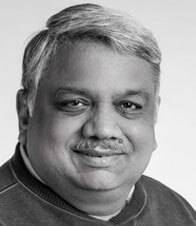
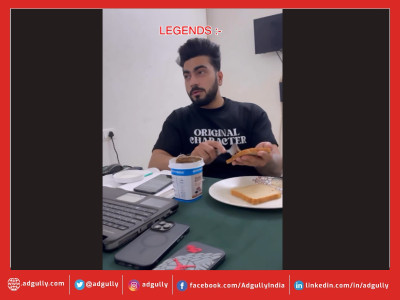
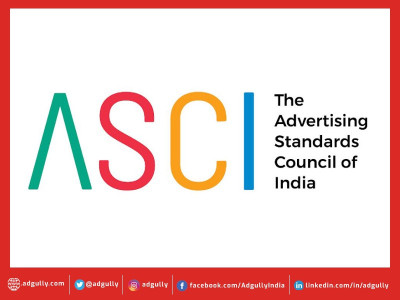




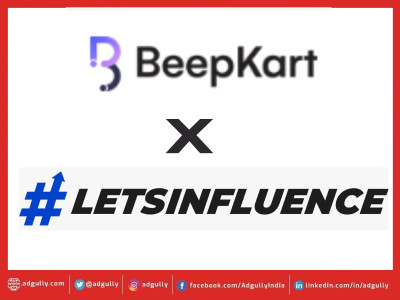

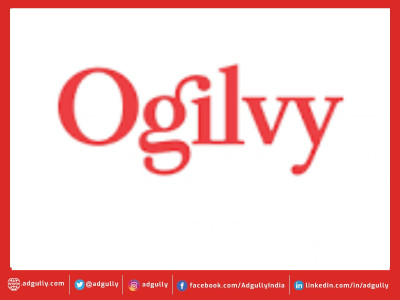

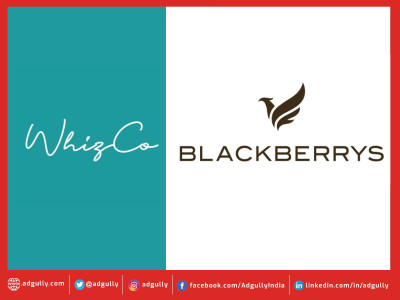


Share
Facebook
YouTube
Tweet
Twitter
LinkedIn